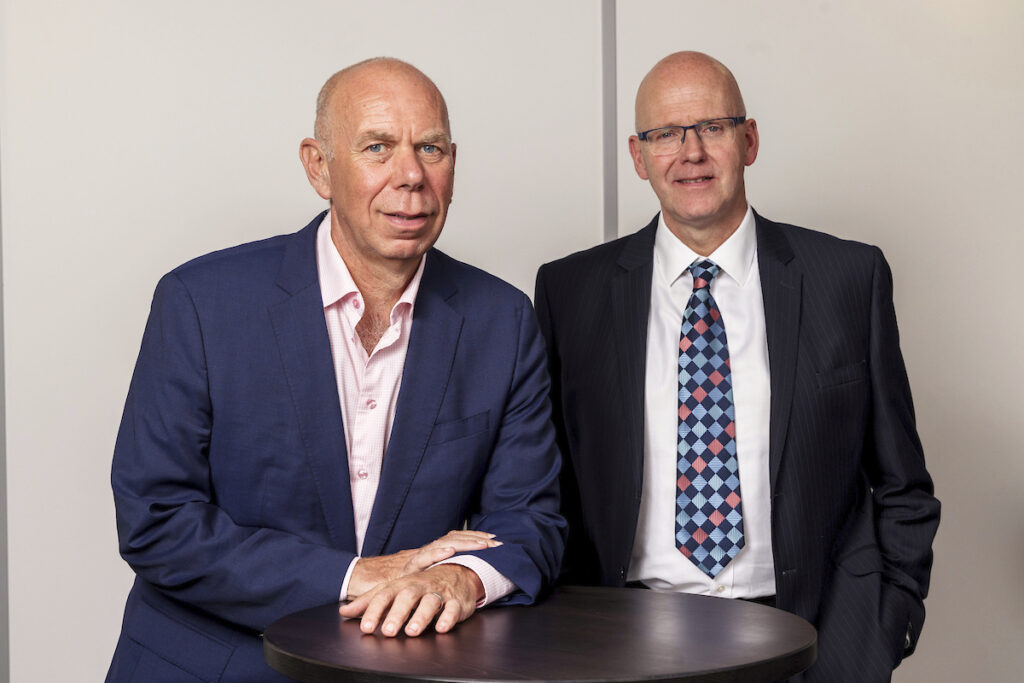Ocean expertise

The Global Underwater Hub (GUH) is a new strategic, intelligence-led organisation aiming to transform the UK’s £8bn underwater industry into one of the largest and fastest-growing industries in the country, accelerating the drive to net-zero carbon emissions and creating high value sustainable jobs and exports.
The GUH’s predecessor body was Subsea UK. The new organisation pledges: “Building on Subsea UK’s heritage and retaining the experience, knowledge, network and membership, the GUH will harness the UK’s combined underwater expertise in engineering, environmental science, technology, services and skills, to enable companies to successfully compete in the underwater sectors of offshore energy, defence, aquaculture, telecoms, and subsea mining.”
The GUH announced its new board in May, joining Chief Executive Neil Gordon and Chairman Andrew Hodgson. The 10 new members come from a range of backgrounds across the blue economy including defence, the renewable energy sector and aquaculture – the latter in the form of Heather Jones, CEO of SAIC, the Sustainable Aquaculture Innovation Centre.
“The Global Underwater Hub brings the underwater community and supply chain together,” Neil Gordon says. The hub acts as a go-between between underwater services and other sectors, making challenges and solutions more visible.
“Our job is to try and help organisations to find the solutions and companies that can solve problems for them, particularly from a Scottish and UK context,” he explains. An underwater service solving technological problems in one sector, say offshore wind farms or oil and gas, could transfer those solutions to aquaculture.
The GUH has identified aquaculture as a key sector and Gordon sees three main areas for growth within it: remote monitoring and operating systems; engineering for deeper and further offshore environments; and contained or semi-enclosed systems.
He says: “How can we manage these offshore farms, using technology? Can we look at a way of powering these systems, if they are further offshore? What kind of data can we acquire? What kind of sensors do we need to use to monitor the health of the fish, and the condition of the nets and the containment systems? Also what can we do in feeding systems, about quantifying how much food is necessary?
“We are also seeing more need for sensor-type technology, so we can monitor the condition of the environment, measuring the size of fish, and what amount of feed is being provided. There are challenges that come with overfeeding, because you get a lot of food waste, which can also add to issues on the seabed.
“Another area that comes up is how do you control sea lice? If we know what causes those issues, or what the conditions are, we can look at engineering solutions. These could be: how do you move cold water from deeper areas into the farm to reduce the infestation of lice, or can you look at systems that move up and down the column of water? There are some really interesting ways of trying to address the problem.”
The second growth area is underwater engineering. As fish farms get larger, and go and further offshore, they will be exposed to more volatile wave and weather conditions.
“There is a huge amount of capability in this country to engineer structures that can float, and be moored, and kept on station,” Gordon says. “Think about what has happened in oil and gas and the offshore wind industry: putting structures where they are going to be hit by much more dynamic environments.”
Fish farm nets, he added, could require flotation systems to create buoyancy, for going to the surface and sinking again. “There is a lot of existing technology that could be transferred across to looking at new designs.”
The third area is contained or semi-enclosed systems, where solutions to challenges elsewhere in the world can be applied at home.
“There are real challenges, but great opportunities, for a lot of the existing capability we have here in Scotland and across the UK,” he says.
The GUH is based in Aberdeen and over the next 12-18 months it will be opening two more hubs in England. “We are based in Westhill in Aberdeenshire, and we have two other hubs being developed, one in Newcastle, and one in Bristol, strategically to cover the north and south of England,” Gordon says. “Within those three hubs there will be what we call spokes, so it will reach into other parts of the regions. In Scotland, we will be looking at putting four smaller spoke hubs to make sure that it’s inclusive.”

Andrew Hodgson (L) and Neil Gordon, Subsea UK

